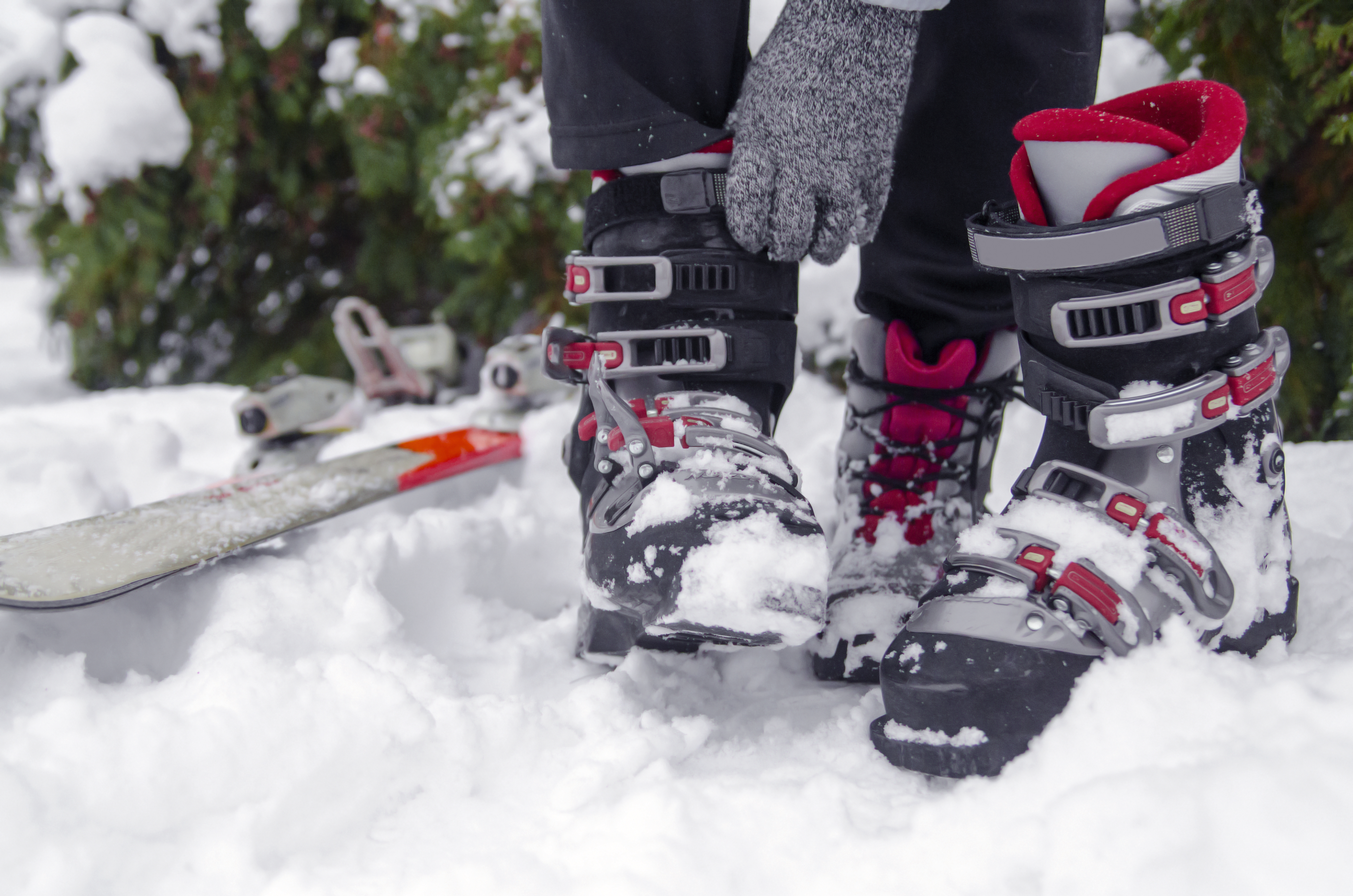Why You SHOULD Have Orthotics For Your Ski Boots!
Posted by Orthotics Direct on 2022 Feb 10th
Before hitting the slopes, you’ll need to make sure that you have all the right gear. Ski boots are the single most important piece of your ski setup, and it’s worth spending extra time and energy to get the right boot, with the right fit.
Ski boot shells are made of hard plastic, so differences between the shape of your feet and the shape of your boots can cause fit problems. The goal in ski boot fitting is to find a size and shape that you’ll be comfortable in without compromising too much performance.
Having custom ski boot orthotics can help you get the most out of skiing. Each foot has more than 24 bones and even more joints. There are ligaments, tendons, muscles, nerves, blood vessels, soft tissue, and skin. All of these parts make up the foot, and each foot needs the proper support.
How Should Ski Boots Fit?
Ski boots should have a snug fit without cutting off circulation or causing painful pressure points. Slight to moderate pressure on your longest toes when the boot is buckled and your leg is in an upright position is usually an indication that the boot will be the right size after some use.
Everyone’s foot is unique, and every good boot fitting should start with an assessment. By doing an assessment, it will give your boot fitter the additional information they need to help you pick the right ski boots. They use this information to look at the flexibility of your foot, how much it changes between sitting and standing, what happens when you apply weight when flexing, etc.

Benefits of Ski Orthotics
Because of their construction and the job they have to perform, ski boots will never be as comfortable as street shoes and you shouldn’t try to fit them the same way. The flex of a ski boot (or the amount of movement a ski boot allows when the skier’s shins are pushed forward in the boot) refers to how difficult it is to flex the boot forward. An orthotic can be used to help stabilize any excessive movement and control your foot. This enables skiers to ski longer without the pains associated with all of their body weight being put on just their feet.
Oftentimes, you are able to heat mold your ski boots by removing the liner (the soft insert inside the hard-plastic ski boot shell). This helps to further customize the fit of your boot, supporting the top and sides of your feet. Removing and upgrading the stock footbeds (the insole of a ski boot) and adding a custom-made orthotic will allow the bottom of your feet to also be supported and will create a more snug fit inside of your boot. This helps to prevent your feet from moving or sliding around inside your boots.
What’s The Difference?
When you are skiing, your biomechanics work differently than when you are walking or running. Your body weight is shifted forward, which increases the load on your forefoot. In addition, your knees are required to do more work. The ideal alignment when skiing is ensuring that the tibia, or shin bone, is in line with the rear foot and forefoot, as well as perpendicular to the snow. Ensuring that you are aligned, while also having the correct support, allows you to put equal pressure and weight on your skis, creating a smoother ride.
If you suffer from pronation of the foot, and place it in a tight rigid ski boot, it will be very challenging for your foot to take a stable, more neutral position, without overloading the intrinsic muscles. By doing so, it affects your skiing technique, as well as opens up more opportunities for foot and knee pain, or injury.
When an orthotic is fabricated for a running shoe, there is extra support to help keep your foot in place. When an orthotic is fabricated for a ski boot, it needs to allow your foot to move, in order to edge and make turns.
Conclusion
Finding the right ski boot is hard enough, but having the best possible fit, both around and under your foot, is essential and will make all the difference. Having a good supportive ski boot allows you to ski efficiently, avoid injury, and enjoy your time on the slopes!
Not only does everyone benefit from orthotics in their ski boots, everyone SHOULD have orthotics in their ski boots.
For more information on how Orthotics Direct can help, visit our How It Works page, or contact Customer Service.

